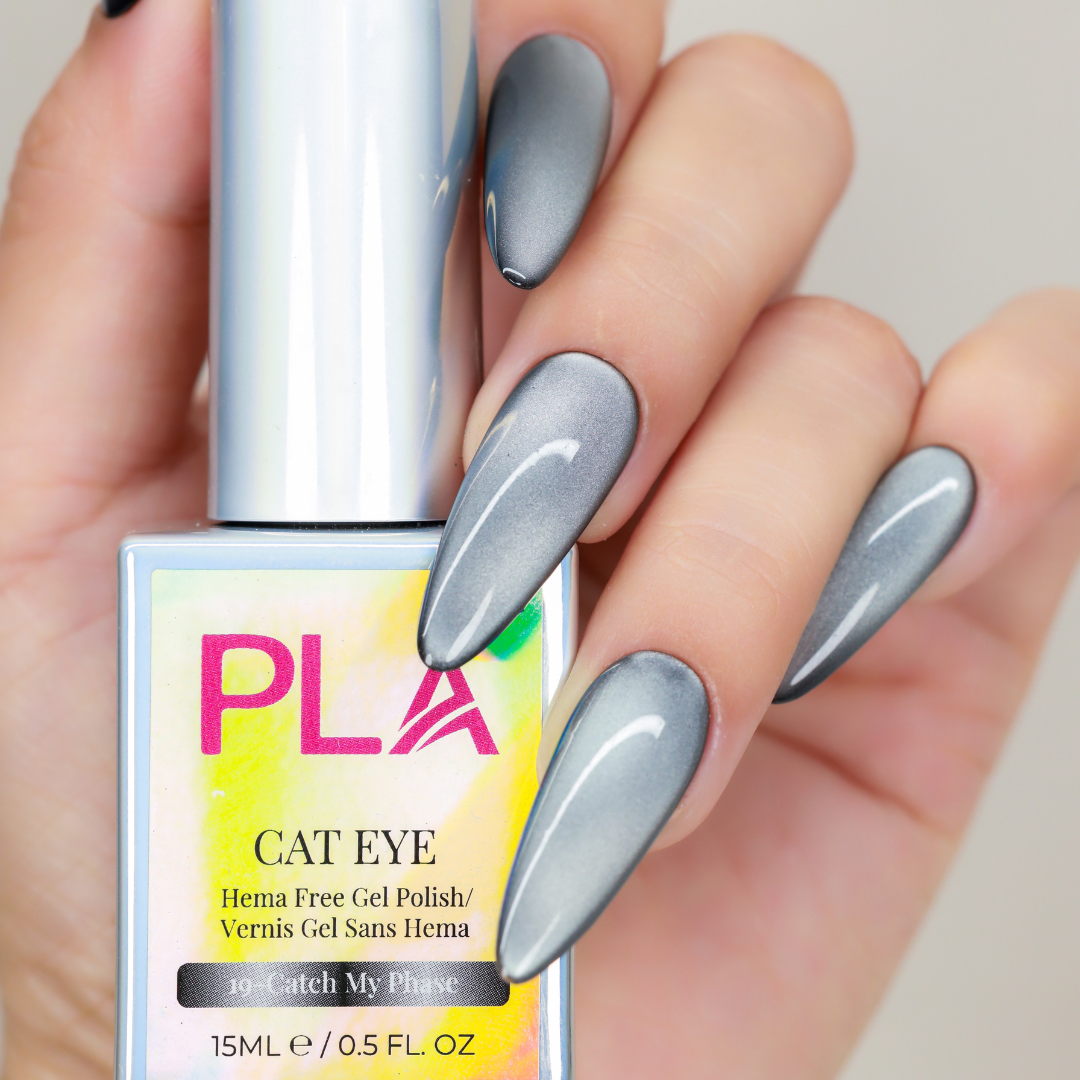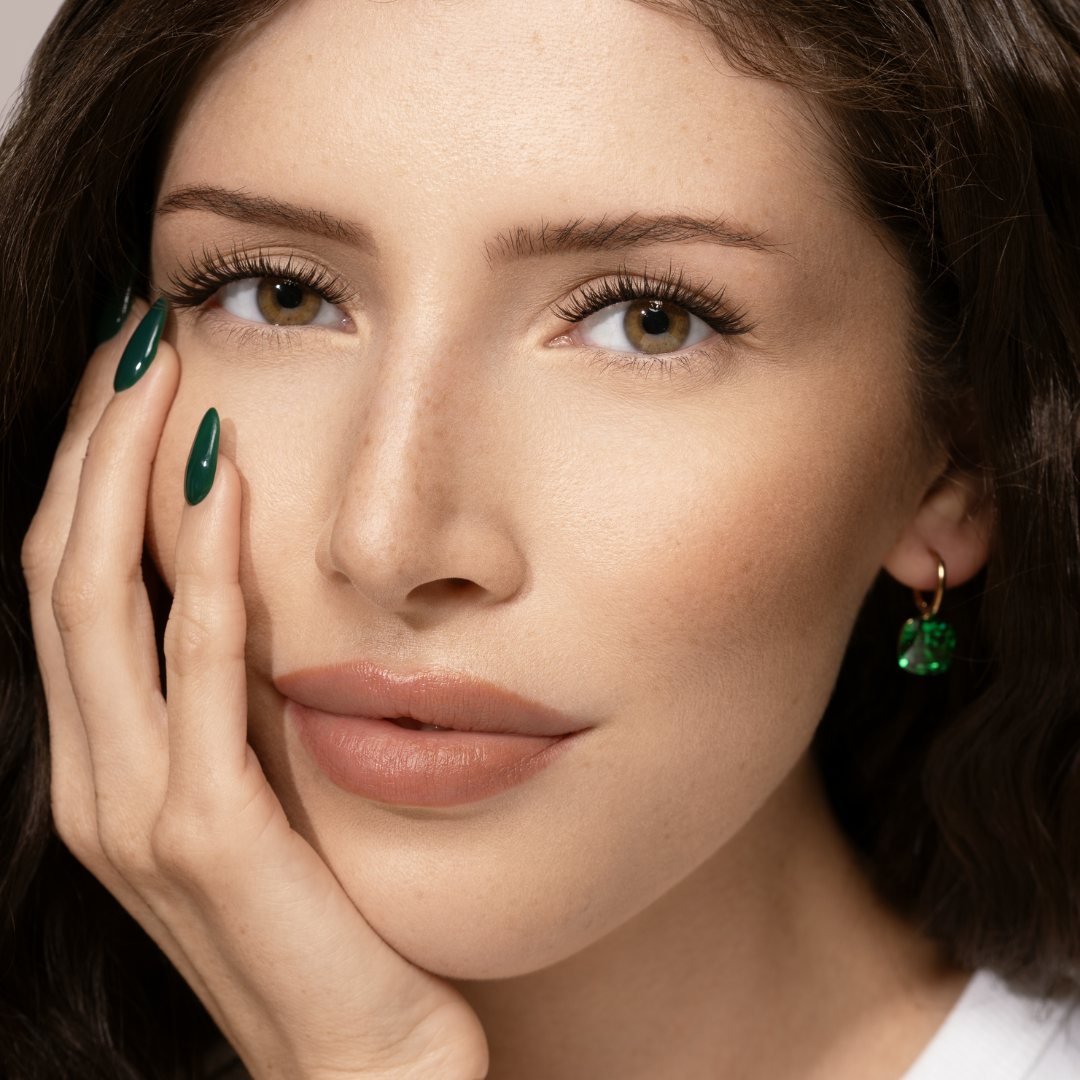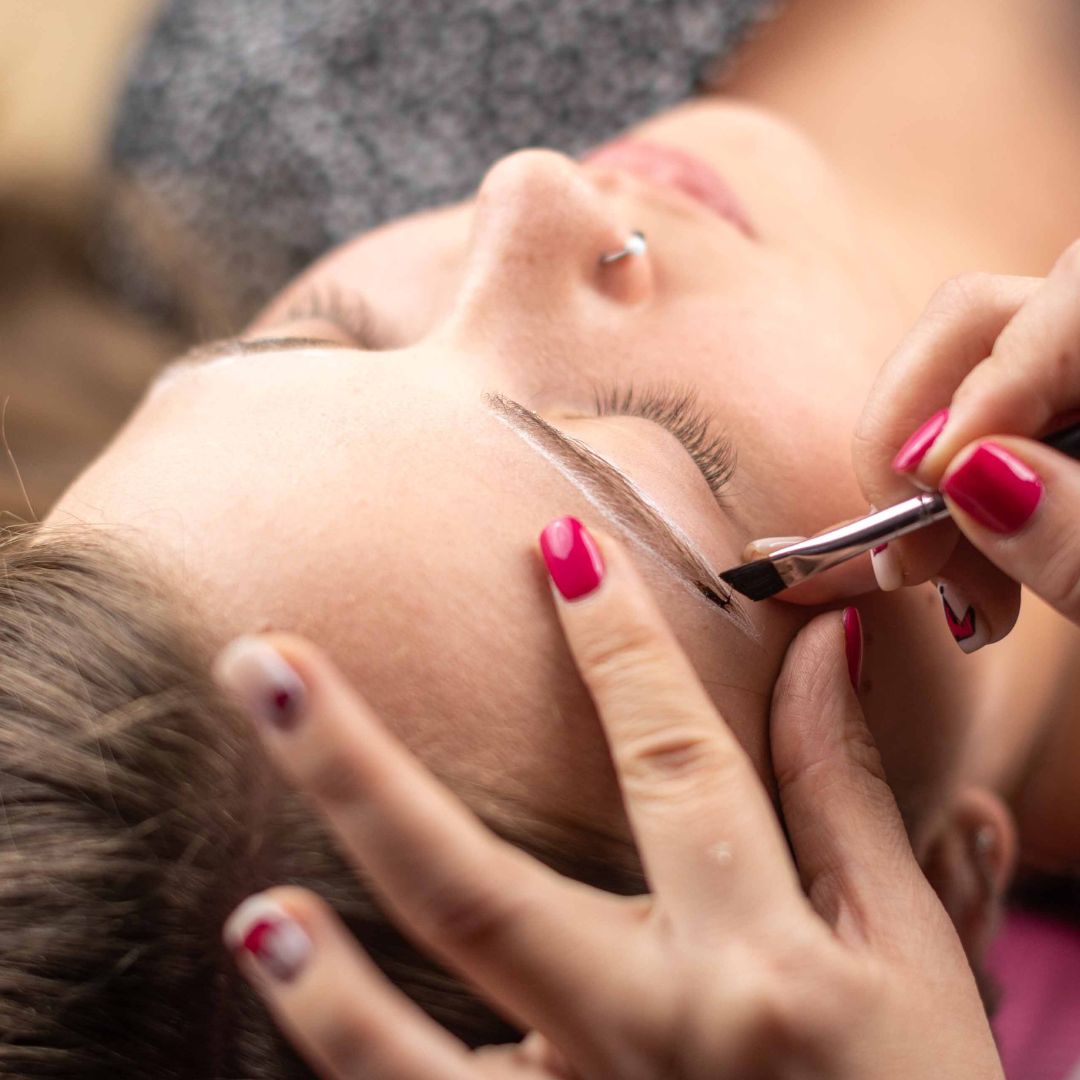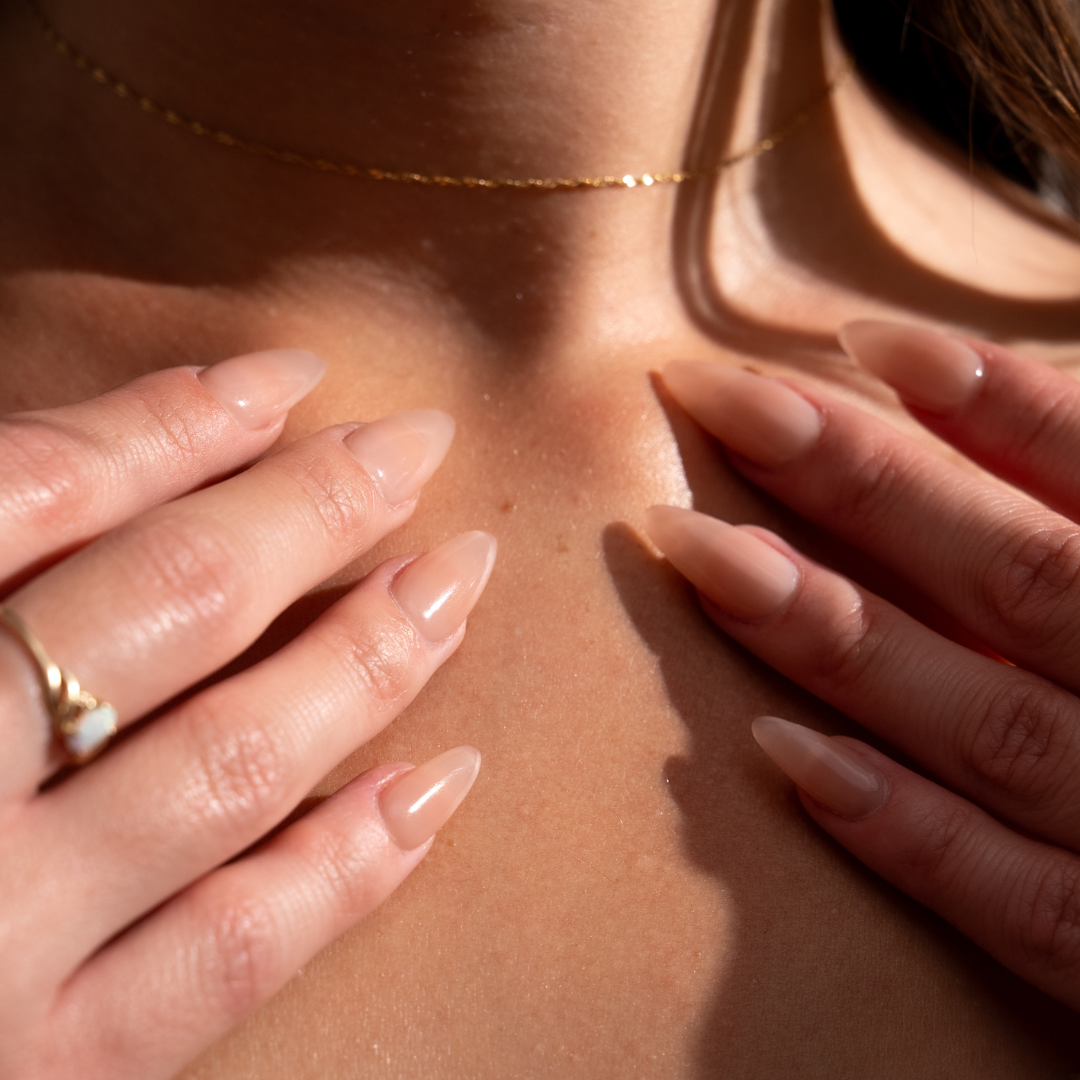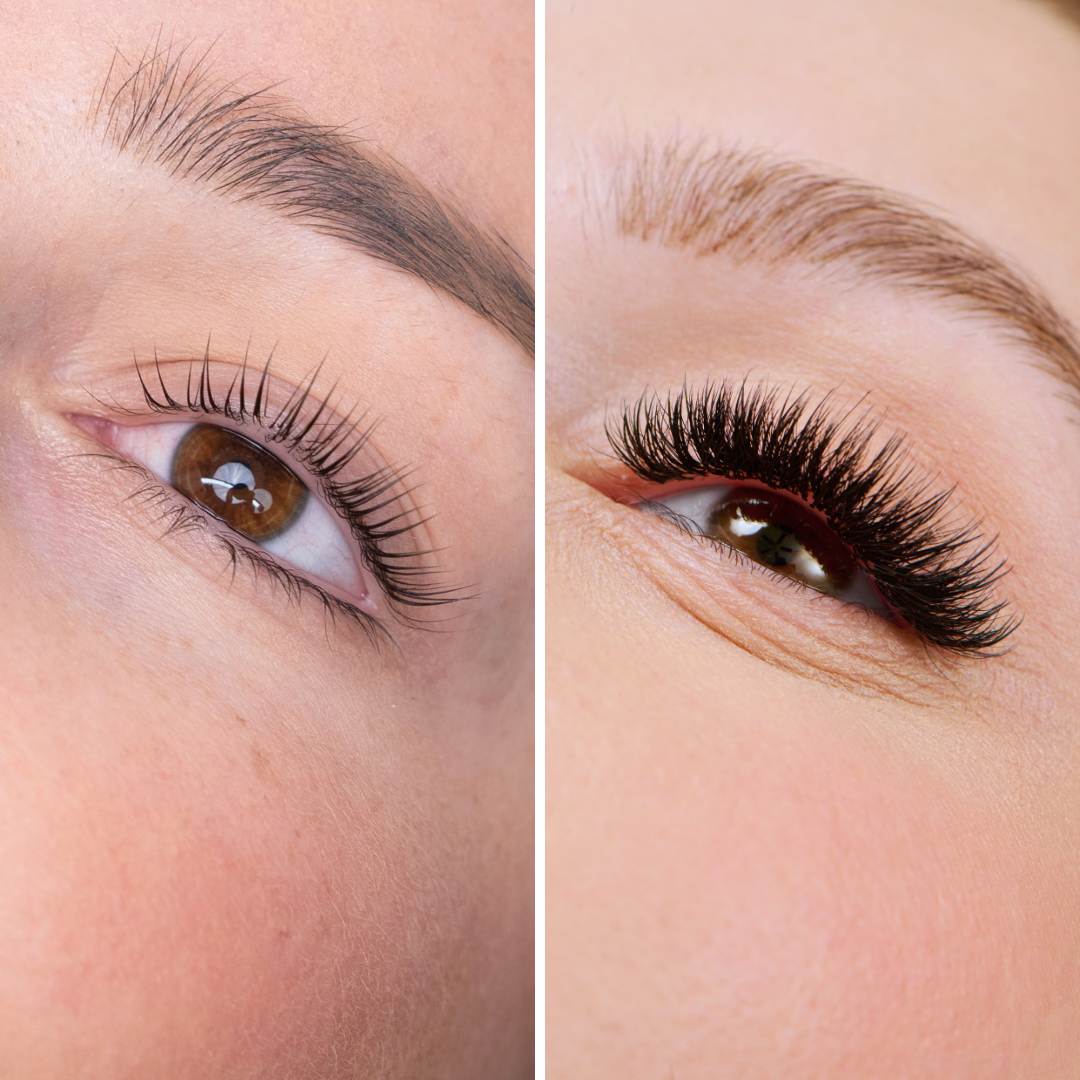Brow Lamination vs Microblading | What’s the Difference?
Brow Lamination vs Microblading: What’s the Difference Between These Services?
If you’re looking to up your brows — or your brow services — you’ve probably heard of brow lamination and microblading. Both are two of the most in-demand services, and for good reason.
While they both enhance the look of natural brows, these services are completely different, work in different ways, and give very different results.
If you want to know what each treatment is, how they’re performed, who they’re best for and how to decide which one works best for you, and an overall comparison of brow lamination vs microblading, and whether or not you can do brow lamination with microblading, keep reading.
What is Eyebrow Lamination?
Before we discuss brow lamination vs microblading, let’s learn the basics of eyebrow lamination.
Eyebrow lamination is a non-invasive brow enhancement treatment that lifts and sets natural brow hairs into a more uniform, sculpted shape. It gives the brows a fuller, and more groomed appearance.
How Brow Lamination Works
Brow lamination uses a gentle chemical process that is similar to a perm to temporarily reshape and set brow hairs into a desired direction.
The process is done in 3 steps
-
Lift - A lifting cream breaks down the hair’s natural structure.
-
Neutralize - A neutralizing lotion is applied to “laminate” the hair in its new position.
-
Nourish - A nourishing serum is applied at the end to hydrate and condition the brows.
The end result? Eyebrows that look brushed, fluffy, and uniform.
Benefits of Brow Lamination
There are a few key benefits of brow lamination.
-
Creates the appearance of fuller, more even brows
-
Tames unruly, or downward-growing hairs
-
No needles or pigment involved
-
Instant results with no downtime
-
No need for daily use of brow gel
How Long It Lasts & Maintenance Tips
Results from a brow lamination typically last 6-8 weeks with the proper maintenance.
For the best results, we recommend our clients:
-
Avoid water on the brows for 24 hours
-
Avoid eyebrow makeup for 24 hours
-
Avoid rubbing or touching the brows for 24 hours
-
Avoid contact with direct sunlight, sunbeds, saunas, steam rooms and swimming pools for 48 hours
-
Avoid exfoliants or retinoids near the brow area
-
Use an eyebrow conditioning serum or castor oil to moisturize every night
To maintain the appearance, a session every 6-8 weeks is recommended.
What is Eyebrow Microblading?
Now that you know all about brow lamination, we are one step closer to comparing brow lamination vs microblading! Let’s talk about the basics of microblading.
Eyebrow microblading is a cosmetic tattoo that creates fine, hair-like strokes with a pigment under the skin. It’s designed to fill in sparse areas, reshape brows, or give the appearance of more defined, symmetrical brows.
How Microblading Is Done
A trained permanent makeup artist uses a blade-like tool that is made of tiny needles that deposit pigment into the upper dermis of the skin. The strokes mimic the appearance of real eyebrow hairs.
The process includes
-
Consultation and Mapping
-
Initial Microblading Session
-
Healing Period
-
Follow up session to touch up or perfect the brows after 6 weeks
Benefits of Microblading
There are a few key benefits of Microblading:
-
Long-lasting results (1-3 years depending on skintype and lifestyle)
-
Fills in gaps, defines shape, or can even create a new shape
-
Saves time on daily brow makeup
-
Great for clients with sparse or overplucked brows
-
Custom pigment shades and stroke patterns for a natural look
Healing and Aftercare Expectations
Much like tattoos, microblading involves a short healing period, during which the skin may flake or scab lightly. During the healing time, clients should avoid sweating, sun exposure, and water on the brows, for at least 7-10 days.
Touch ups are recommended annually for best results.
Now, let’s move on to brow lamination vs microblading.
Eyebrow Lamination vs Microblading: Key Differences to Consider
When comparing eyebrow lamination vs microblading, there are a few key differences between the two that might make you decide between one or the other.
Let’s compare the two side-by-side and get into the similarities, and difference between brow lamination and microblading.
Treatment Type and Technique
When comparing brow lamination with microblading, one of the first things you’ll want to look at is treatment type and technique. When it comes to brow lamination vs microblading, they differ at the very core — one works on the hairs, the other goes beneath the skin.
-
Brow lamination uses a chemical process to soften and reset the direction of the brow hairs. While the chemicals do touch the skin, the processing happens on the hair only.
-
Microblading involves depositing pigment into the skin with a tool, and mimicking the appearance of hair, similar to manual tattooing. The pigment goes under the skin, and doesn’t do anything to the hair itself.
If you had a client that was scared of needles and asked you which they should get between microblading vs lamination, which would you recommend?
Ideal Candidates for Each Treatment
While thinking about the difference between brow lamination and microblading, we can’t forgot to discuss the ideal candidates for each treatment. Should your client get microblading vs lamination? The right treatment for each depends on a few variables.
Since brow lamination focuses on the hair, lamination is ideal for
-
Clients who already have medium to full brow hair
-
Those who want a fluffy, lifted or brushed up look
-
People with coarse, unruly, or downward growing eyebrow hair
-
Anyone who wants a non-invasive, needle free option for brow enhancement
-
Clients who prefer low commitment
-
People with sensitive skin
On the other hand, Microblading is better suited for:
-
Clients with sparse, thin, or overplucked brows
-
Clients who want to reshape or redefine their eyebrows entirely
-
People with busy schedules who prefer long lasting results
-
Anyone who wants to cut down on daily routine
-
Clients with normal to dry skin tips (as oily skin can affect pigment retention
Understanding the difference between lamination and microblading, what each treatment offers and who it is best suited for, can help you or your client choose the option that fits best.
If you had a client with full brow hair that grows in different directions that is wondering whether they should choose eyebrow lamination vs microblading, which would you choose for them?
Cost and Longevity Comparison
One factor that is important to compare and can definitely go into the decision making process between brow lamination vs microblading is cost and longevity comparison. The difference between brow lamination and microblading in cost, as well as longevity is pretty major.
Let’s start with comparing the cost of eyebrow lamination vs microblading. Brow lamination is more affordable per session, while microblading is a higher investment up front.
While the cost drastically differs in microblading vs lamination, it’s also important to consider longevity. You might be paying less for a brow lamination, but you have to pay every 6-8 weeks to maintain the appearance. On the other hand, microblading is a higher investment, but the results can last up to 3 years with occasional touch ups.
Ultimately, when it comes to cost and longevity, the decision between brow lamination vs microblading is a trade off between shorter-term affordability, and longer lasting results, and the best option depends on your client’s priorities.
Pain, Downtime, and Recovery
One major difference between brow lamination and microblading that one should consider is their tolerance for discomfort and the healing time afterwards.
On one hand, lamination is quick, non-invasive, and pain-free with no recovery time. Microblading involves a bit of discomfort during the procedure, and a healing period that may include scabbing or flaking over 7-10 days.
If your client is sensitive to healing or hesitant toward needles, the choice between microblading vs lamination would be clear between the two services.
Customization Possibilities
Another difference between brow lamination and microblading to consider is the level of control you want over the final brow shape.
Microblading offers more structural customization since each hair stroke is being created by hand, and you have a choice in the pigment tone. With microblading, you can literally shape (or reshape) the brows. On the other hand, brow lamination enhances what is already there. While it can change brow shape, it is still dependent on the client’s natural hair.
While both treatments allow for a tailored brow look, they do so in very different ways. Depending on how much control your client wants over shape, pigment, and fullness would be the deciding factor between the two.
Can You Do Brow Lamination With Microblading?
Yes, you can! We’ve talked a lot about the difference between brow lamination and microblading, but we haven’t discussed brow lamination with microblading. Since microblading is done on the skin and brow lamination is done on the brow hairs, the two complement each other really well.
The important thing to note is that after microblading is done, the skin should be completely healed before performing a brow lamination, To be safe, we’d wait 6-8 weeks or even longer. Once microbladed brows are fully healed, brow lamination can help lift and shape the natural hairs over the pigment for an even more polished look.
Start Expanding Your Services With PLA Pro!
Whether you specialize in shaping, tinting, more advanced brow work, or other beauty services, PLA has all the brow lamination supplies and tools you need to support your brow services.
Don’t just specialize in brows? No worries! PLA is your one stop shop for all things beauty. From eyelash extension supplies and too lash lift and tint kits, we are sure we have what you are looking for. That is why PLA is your #1 private label lash suppliers!
Final Words on Microblading vs Lamination
Both brow lamination and microblading can dramatically enhance your client’s brows, but in completely different ways. One works with the hair while the other creates it. One is temporary, the other is semi-permanent. One is pain free, while the other has pain associated with it, plus recovery time.
When deciding which to offer or try, make sure to consider brow density, desired maintenance level, long term goals and associated cost.
